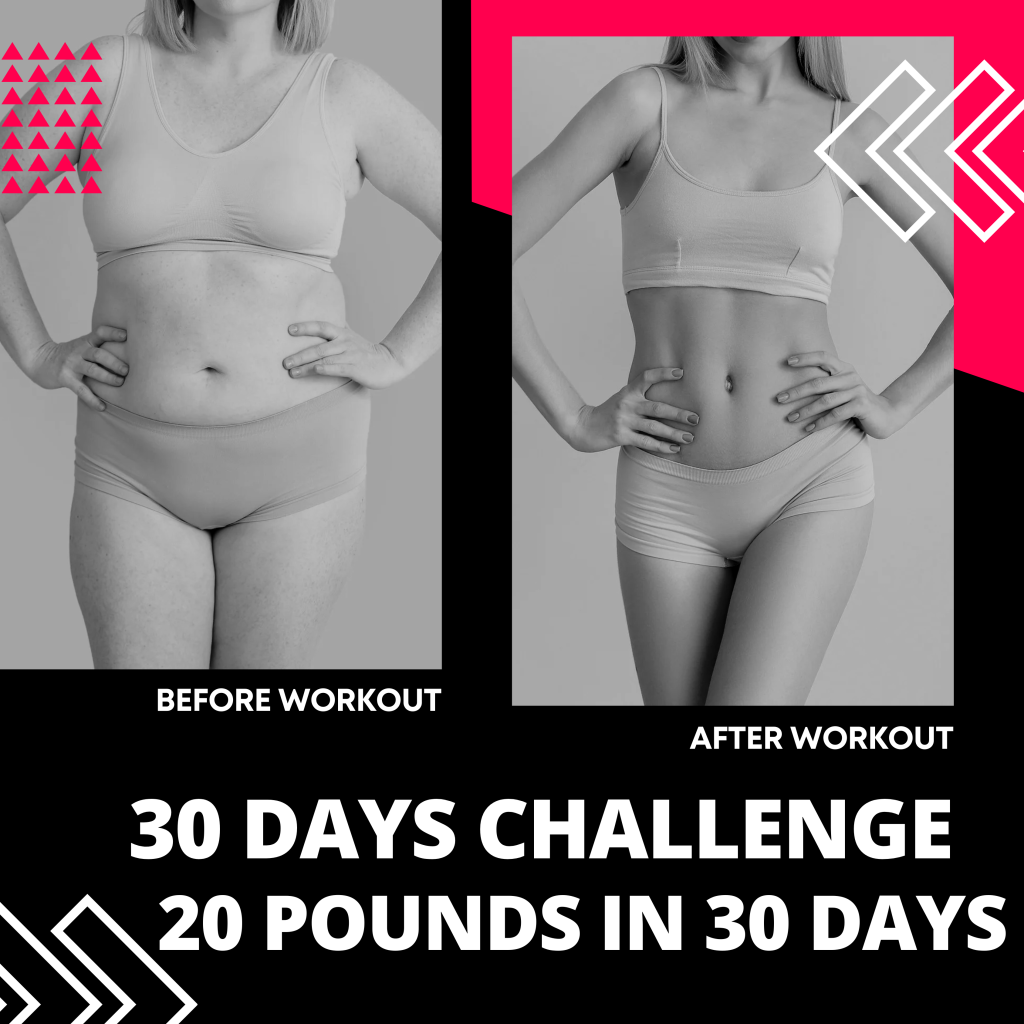

In today’s fast-paced and image-conscious society, weight loss has become a topic of immense interest and debate. With the rise of social media and celebrity culture, it seems like everyone has their own opinion on the best way to shed those extra pounds. However, amidst all the noise and hype surrounding weight loss, it can be difficult to separate fact from fiction.
In this article, we will debunk some of the most common weight loss myths and provide you with evidence-based strategies for achieving long-term success.
Myth #1: The key to weight loss is cutting out all carbs
Carbohydrates have gotten a bad rap in recent years, with many people believing that cutting them out entirely is the best way to lose weight. While reducing your intake of processed carbs like white bread and sugary snacks can be beneficial, eliminating all carbs from your diet is not necessary or sustainable in the long run. In fact, carbohydrates are an important source of energy for your body and cutting them out completely can lead to nutrient deficiencies and low energy levels.
Instead of demonizing all carbs, focus on consuming whole, unprocessed carbohydrates like whole grains, fruits, and vegetables. These foods are rich in fiber, vitamins, and minerals, and can help keep you feeling full and satisfied.
Myth #2: Eating fat makes you fat
For many years, fat was vilified as the enemy of weight loss. However, recent research has shown that not all fats are created equal and some types of fats can actually be beneficial for weight loss. Healthy fats like avocado, nuts, seeds, and olive oil are rich in essential nutrients and can help keep you feeling full and satisfied.
It’s important to remember that weight gain occurs when you consume more calories than your body needs, regardless of where those calories come from. Instead of fearing fat, focus on consuming a balanced diet that includes a variety of nutrient-dense foods.
Myth #3: You can spot reduce fat
One of the most persistent weight loss myths is the idea that you can target specific areas of your body for fat loss. Unfortunately, spot reduction is not possible and doing endless crunches or leg lifts will not magically melt away belly fat or love handles.
Instead of focusing on spot reduction, aim for a balanced exercise routine that includes cardio, strength training, and flexibility exercises. By building muscle and burning calories through a variety of activities, you can promote overall fat loss and improve your body composition.
Myth #4: You have to exercise for hours every day to lose weight
Many people believe that in order to lose weight, they need to spend hours in the gym every day. While exercise is an important component of a healthy lifestyle, you don’t need to spend hours on a treadmill or lifting weights to see results. In fact, research has shown that short, intense workouts can be just as effective as longer, moderate-intensity exercise sessions for weight loss.
Instead of focusing on the quantity of exercise, prioritize the quality of your workouts. Incorporate a mix of cardio, strength training, and flexibility exercises into your routine and listen to your body’s cues to avoid injury and burnout.
In conclusion, navigating the hype surrounding weight loss can be challenging, but by arming yourself with evidence-based information, you can separate fact from fiction and create a sustainable plan for achieving your goals. Remember to focus on overall health and well-being rather than quick fixes or fad diets, and seek support from a healthcare professional or registered dietitian if you need guidance. With patience, consistency, and determination, you can achieve lasting weight loss success.






